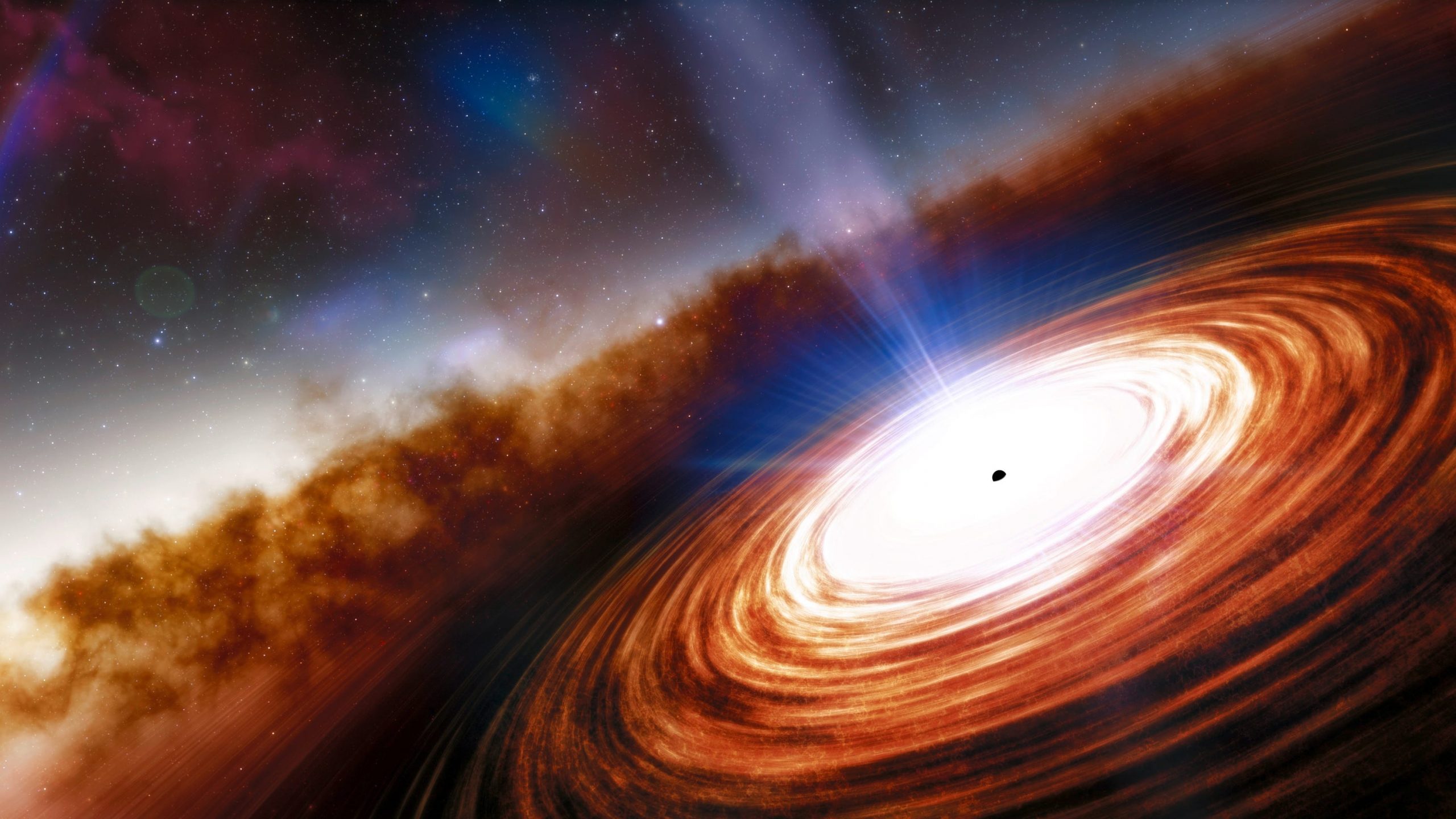This may explain how such a small black hole must be so large.
Buzz 60
Long ago, in a galaxy far, far away …
The oldest and largest “supermassive” black hole and quasar was discovered in the universe. Astronomers announced Tuesday.
The black hole and quasar, which are more than 13 billion years old, are the oldest in terms of vision to date, giving astronomers an insight into the formation of massive galaxies in the early universe.
Quasars are incredibly massive and bright celestial bodies located in the center of galaxies. They are the most distant celestial bodies known and are essential to understanding the early universe.
The discovery of the quasar and the newly discovered black hole dates back to 670 million years after the Big Bang, when the universe was only 5% of its current age, astronomers said.
This discovery, which was announced Tuesday during the annual meeting of the association American Astronomical SocietyHelps illuminate the environment in the ancient universe, CNET He said.
“The outermost quasars are crucial to understanding how the first black holes formed,” said Xiaohui Fan, an astronomer at the University of Arizona and co-author of a new study on the discovery. The study has been accepted for publication in the journal. The Astrophysical Journal Letters.
The quasar is 1,000 times brighter than our entire Milky Way galaxy, and it is powered by the supermassive black hole, which weighs more than 1.6 billion times the mass of our sun.
Wait what ?: Scientists say the Earth is rotating faster than it has been in decades
The newly discovered quasar offers a rare glimpse into galaxy life at the dawn of the universe, when many of the galaxy-forming processes that have slowed or stopped since then in galaxies that have been around for a longer period are still in full swing, the University of Arizona said in a statement.
Quasars are thought to be caused by supermassive black holes that devour surrounding material, such as gas or even entire stars, resulting in a swirl of extremely hot matter known as the accretion disk that orbits the black hole.
“This is the first evidence of how a supermassive black hole affects the host galaxy around it,” said lead author Vij Wang from the University of Arizona. “From observations of less distant galaxies, we know this should happen, but we didn’t see it happen very early in the universe.”
The observations that led to the discovery were made using a variety of observatories around the world, including many in Hawaii.
Read or share this story: https://www.usatoday.com/story/news/nation/2021/01/12/oldest-most-distant-quasar-and-supermassive-black-hole-discovered/6643294002/

“Appassionato di alcol. Piantagrane. Introverso. Studente. Amante dei social media. Ninja del web. Fan del bacon. Lettore”.

